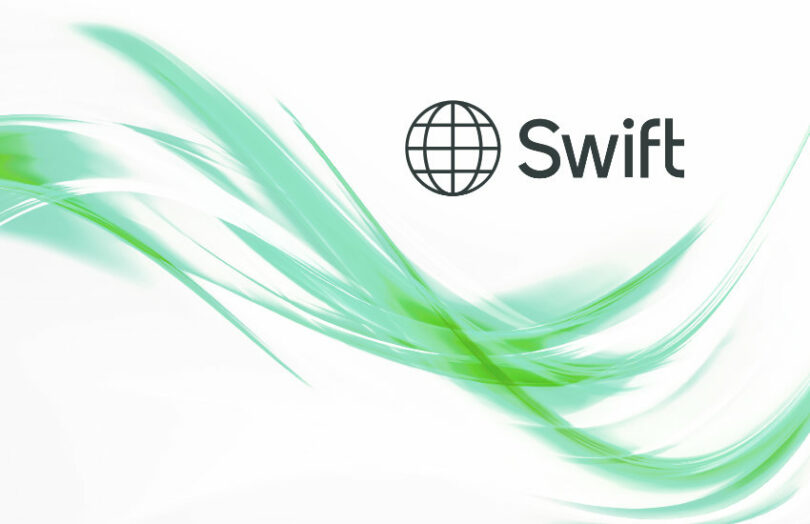An Ethereum-based blockchain tool known as Salsal is under development, set to transform the way museums and cultural institutions manage and safeguard their invaluable historical collections.
Spearheaded by Mark Altaweel, a distinguished professor in the archeology department at the University College of London, the Salsal project has been a collaborative effort with colleagues at Abu Dhabi University for nearly two years.
With a vision to reshape historical preservation and accountability, Salsal promises to bring about a paradigm shift in the museum sector.
Ethereum: Empowering Decentralized Heritage Management
Altaweel’s vision for Salsal extends beyond mere technological advancement. He told Blockworks chain that he perceives this blockchain tool as the cornerstone for “decolonizing museums” and reclaiming history.
The core strength of Salsal lies in its ability to facilitate decentralized heritage management, allowing experts from diverse fields to collaboratively contribute to the initiative.
Altaweel elaborates on the significance of blockchain technology, emphasizing that it empowers a networked approach to heritage preservation and interpretation.
At the heart of Salsal’s mission is the accumulation of expertise. Museums and collectors can leverage this blockchain tool to submit their historical collections for assessment. The rigorous examination process involves experts such as archaeologists evaluating each artifact’s condition, provenance, and legality.
This collaborative evaluation process lays the foundation for achieving an accurate and comprehensive understanding of the items’ historical significance.
Introducing The Salsal Network
Salsal operates as a partially-private version of Ethereum, providing a secure and efficient platform for heritage experts. The network adopts the Museum Association’s sliding scale rating standard, which ranges from one to five.
A rating of one signifies ethically and legally obtained items with robust documentation, while a rating of five highlights items obtained through illicit means. This rating system ensures a nuanced assessment of the artifacts’ origins and histories.
A groundbreaking facet of Salsal is its ability to transform legitimate historical collections into non-fungible tokens (NFTs). This public aspect of the Ethereum blockchain network not only enhances transparency but also offers a sustainable source of revenue for museums and collectors.
Altaweel emphasizes the importance of incentivizing cultural institutions, as NFTs create opportunities for public engagement and financial support, thus addressing common fundraising challenges.

Addressing concerns of potential misuse, Altaweel is committed to transparency. Even artifacts with a ‘five’ rating will be showcased on the blockchain, reinforcing the tool’s accountability mechanism.
This move holds museums accountable for holding culturally significant items with questionable origins. By enabling public access to such information, Salsal aims to encourage ethical practices and responsible ownership of historical artifacts.
Preventing Cultural VandalismBeyond its role in accountability, Salsal serves as a critical tool in preventing cultural vandalism. Altaweel cites the unfortunate incident of the Baghdad Museum’s looting during the 2003 US invasion.
Salsal’s Ethereum blockchain record-keeping could have prevented such losses, as it provides a decentralized means of tracking and identifying missing artifacts. This approach envisions a future where the global community collaborates to protect cultural heritage.
Featured image from





